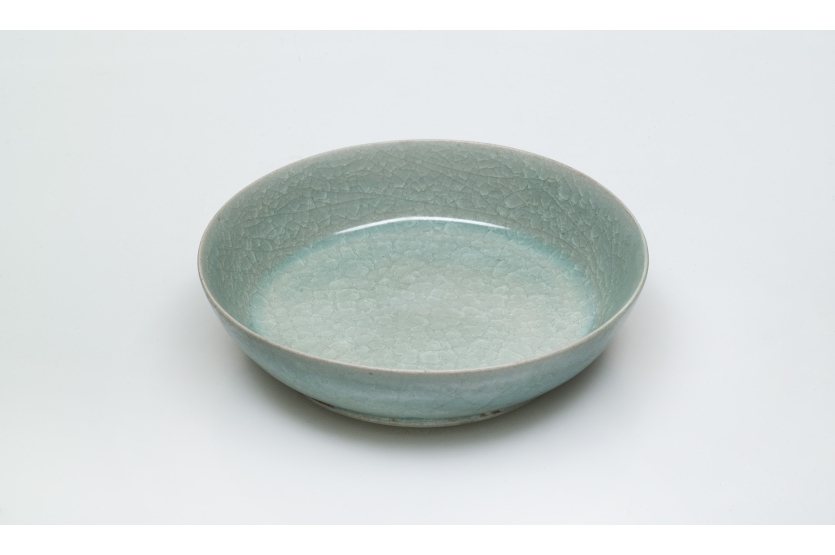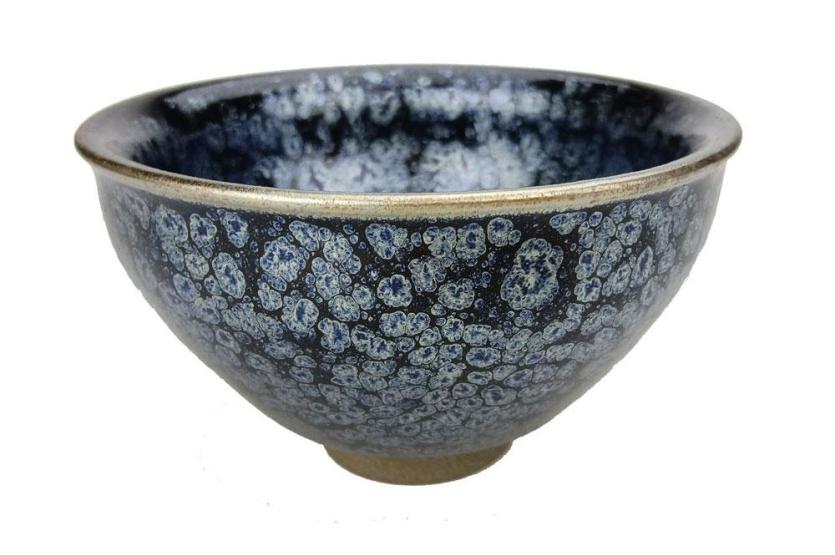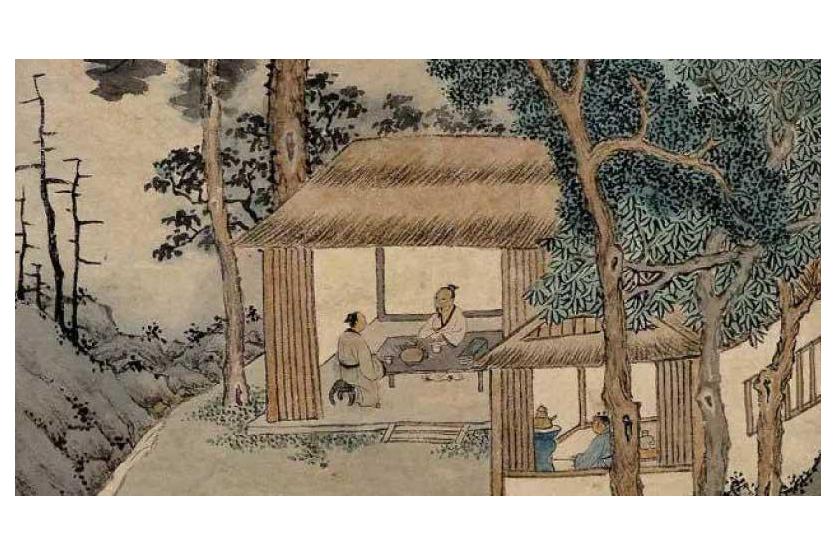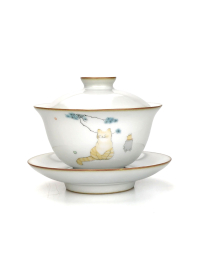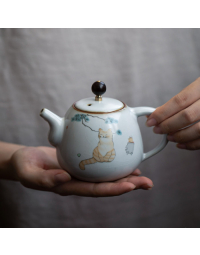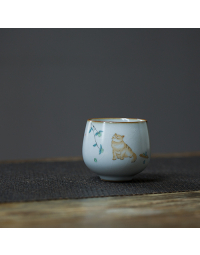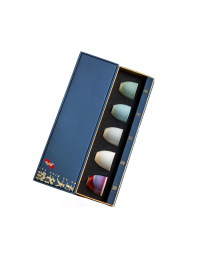Ruyao porcelain (also known as ‘Ru ware’ or ‘Ru kiln) is considered one of the highest achievements in Chinese ceramics. Named after its originating city of Ruzhou, Ruyao holds a unique status as one of the five great kilns of the Song Dynasty. During this period, Henan was the cultural and economic center of the empire. The flourishing ceramics industry lead to the emergence of Ru ware.
Originally produced solely for the Imperial Court, Ruyao has an exceptionally short history. Expert believe it was only produced for 20 years during the Song. Experts estimate that fewer than 100 pieces have survived the rise and fall of many dynasties. This rarity, combined with its unparalleled craftsmanship, especially given the technology available at that time, makes ancient Ruyao incredibly precious.
The Rise of Ruyao During the Song
Ruyao's rise during the Song was the best documented by Song Poet Lu You in his work called 'Old Scholar's Studio'. He described that the Dingzhou white porcelain vessels were deemed unfit for use due to their rough mouth-rims. As a result, the Song rulers sent personnel to establish porcelain kilns in Ruzhou to manufacture celadon. Among all northern celadon wares, Ru ware stood out with its top-quality appearance.
During firing, the Ru kilns used thin studs to support the vessels. This ensured that the mouth-rim and foot-rim were entirely covered with a smooth, vitreous glaze. The porcelain was characterized by a thick, lustrous green glaze with a sapphire-blue tinge and fine crackles over the entire surface. These cracks have been poetically described as "pear skin", "crab claw", and "sesame flower" throughout history.
The production of Ru ware was a testament to the maturity of Chinese celadon manufacture. Careful control of the raw material's iron content and the reduction flame contributed to a flawless manufacturing process.
Ru Kiln in Auctions
Though surviving examples are rare, Ruyao continues to capture the attention of collectors worldwide. In fact, the last public auction of a Ruyao piece in 2012 resulted in a price of HKD 207.86 million (USD 26.8 million) after 34 biddings. Whether in the hands of public museums or private collectors, Ruyao's beauty and craftsmanship continue to impress.
In 2017 the below Ru bowl (brush washer bowl) auctioned by Sotheby's was sold for 38 million USD.
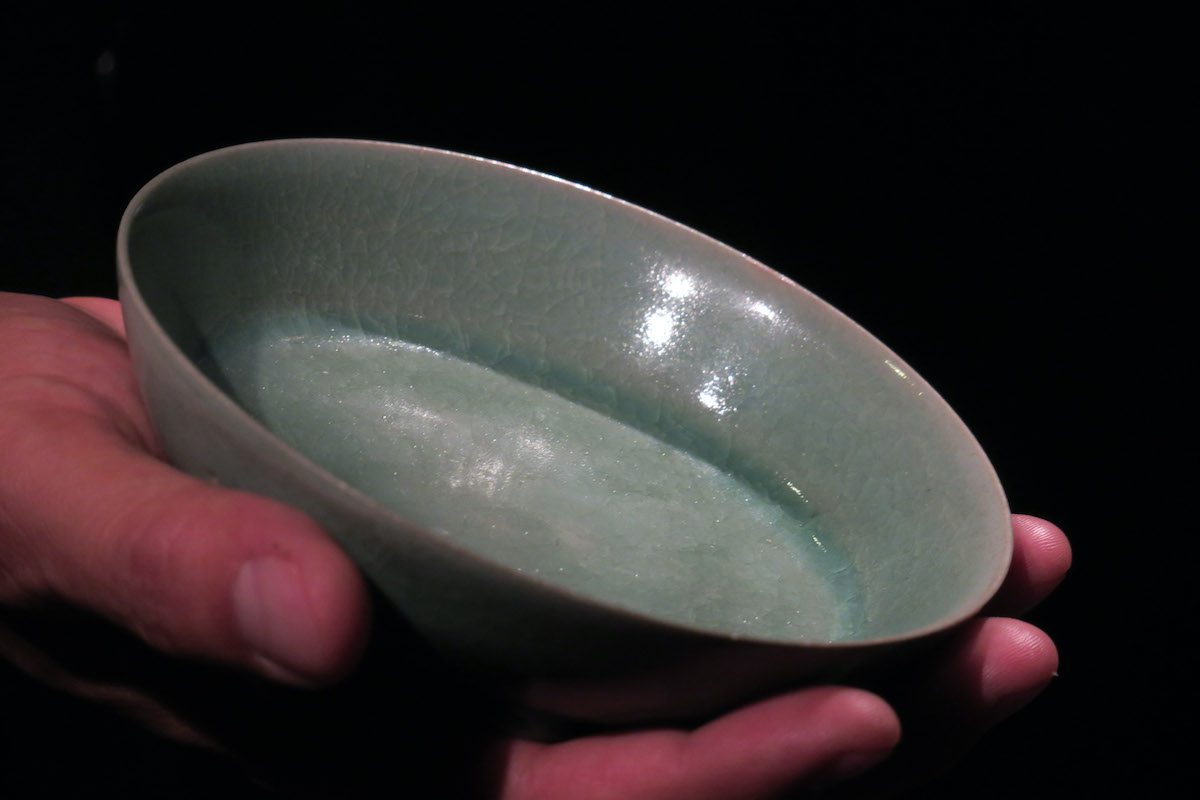
One of the Five Great Kilns
During the Song Dynasty, the Imperial Court commissioned one of the "Five Great Kilns" to produce elegant pottery styles, known as Ru ware. The prized ceramics were thin, lightly colored, and adorned without any paintings or drawings. Reserved for the Emperor's use, any leftover pieces became highly-coveted gifts to nobles or sold to a select market.
While Ru ware was only produced from 1086 to 1106, it remains a celebrated art form. Praised by tea enthusiasts and collectors, the Ru ware pottery style was the first official pottery commissioned by the Imperial Court and became a form of tax.The Revival of Ru Ware
Unfortunately, the Ru ware kiln and techniques for producing the coveted pottery were lost after the collapse of the Song dynasty in 1279. Many tried to reproduce Ruyao pottery styles, but it wasn't until premier Mr. Enlai Zhou directed a national research project in 1952 that progress was made.
After decades of perfecting their craft, experts announced in 1983 that the reproduced Ruyao ware surpasses the quality of those produced nearly 900 years ago. Experience the refined elegance of Ru ware pottery and marvel at its rich history.
